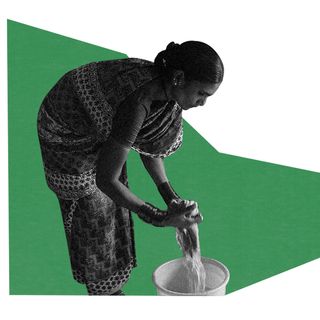A new study found a “pronounced gender pay gap” in healthcare, indicating the medical field isn’t immune from the disparities in pay across gender prevalent in society.
Published this week in JAMA Internal Medicine, the study analyzed data on academic physician salaries from 154 medical schools in the U.S. between 2018 to 2019 and found “significant salary disparities” between the sexes. Cardiology, gastroenterology, and critical/intensive care fields demonstrated the highest disparities — both in terms of pay and in the representation of women.
Moreover, women were also found to be less likely to be promoted to higher ranks — even in specialties where gender (sex) representation was almost equal.
“[G]ender pay gap is most pronounced in specialties with procedural components, such as cardiology and gastroenterology, which also have the lowest percentages of female physicians,” an editorial accompanying the study reads. “Women now represent more than half of medical school students, a salutary trend for a once male-dominated profession. Unfortunately, physician salary equality has lagged behind. Female physicians are paid less than male physicians in almost all specialty areas,” it continued.
Related on The Swaddle:
Most Frontline Workers Are Women, But Only 24% of Pandemic Decision‑Makers Are Women: Global Report
The phenomenon of female physicians being paid lesser than their male counterparts is not just restricted to the U.S. but is reflective of a global trend. Women in healthcare globally earn 28% less than men and 34% less in India, according to the International Labor Organization.
“Both under-compensation and lack of compensation for specific activities can be traced back to the devaluation of female health workers’ skills and social care — particularly evident in the case of community healthcare workers,” an article published last month reads, adding that “the devaluation faced by women in the health system through gender-inequitable norms around prestige, salary, and opportunities for advancement impact their continued participation.”
As a result, several women leave the healthcare workforce, which is especially worrying in the context of an India-based study that found greater availability of women physicians in rural primary care resulted in better reproductive and maternal healthcare, including contraceptive use, ante-natal care, and maternal postnatal care. This suggests that the gender pay gap not only impacts women within the healthcare workforcebutalso women in general.
“Recruiting and retaining women in all specialties and subspecialties should be prioritized,” the editorial recommended.




